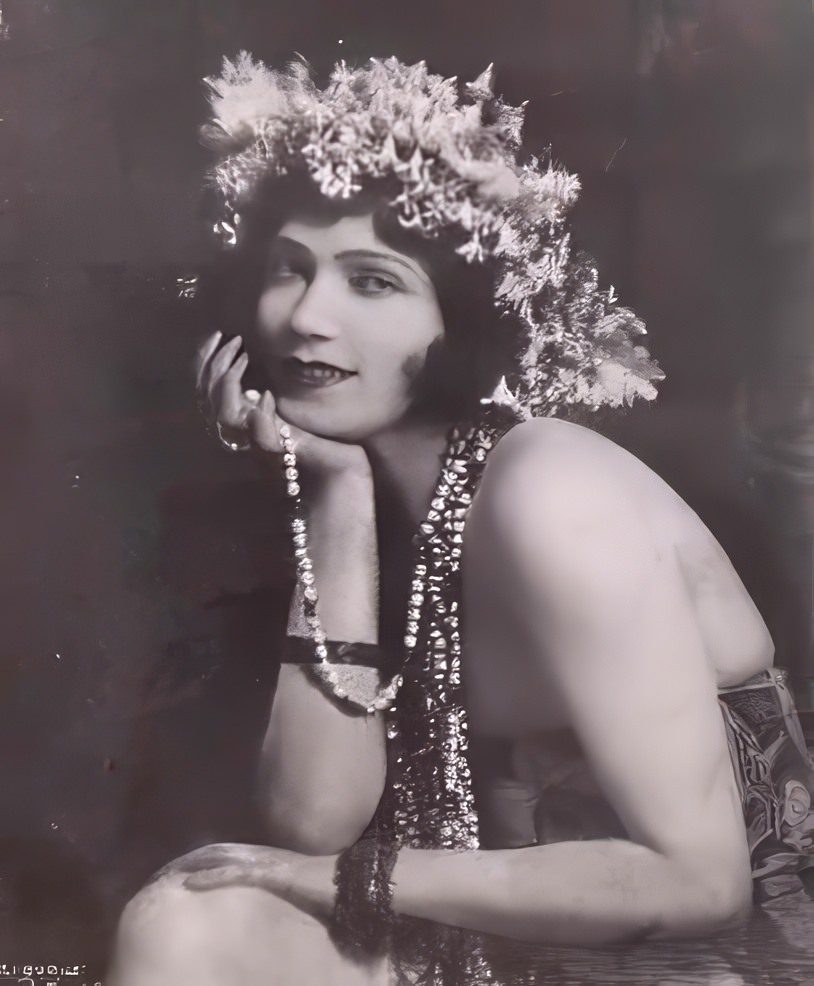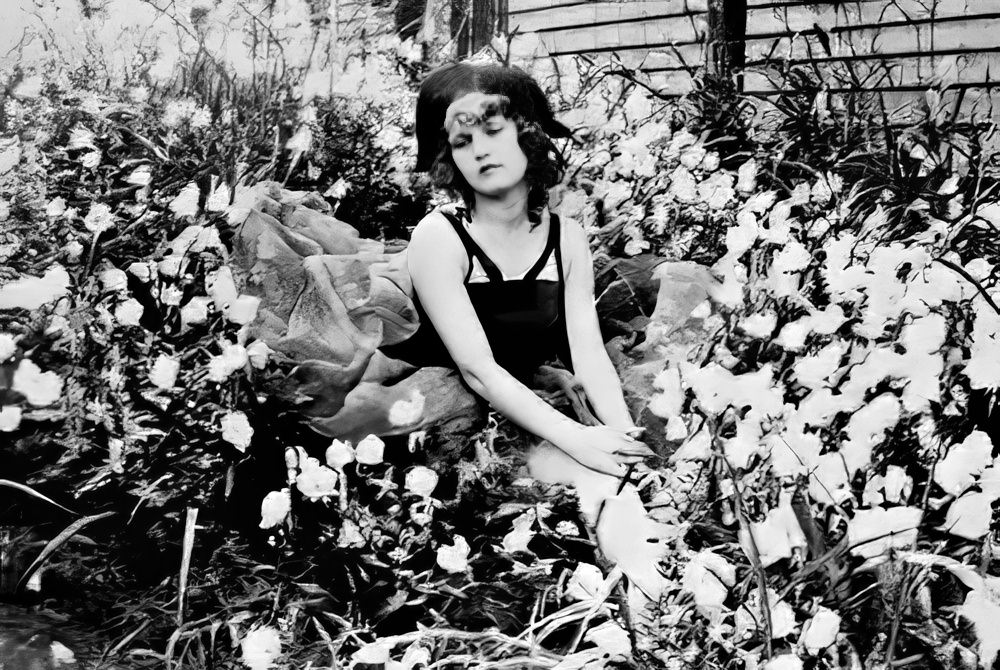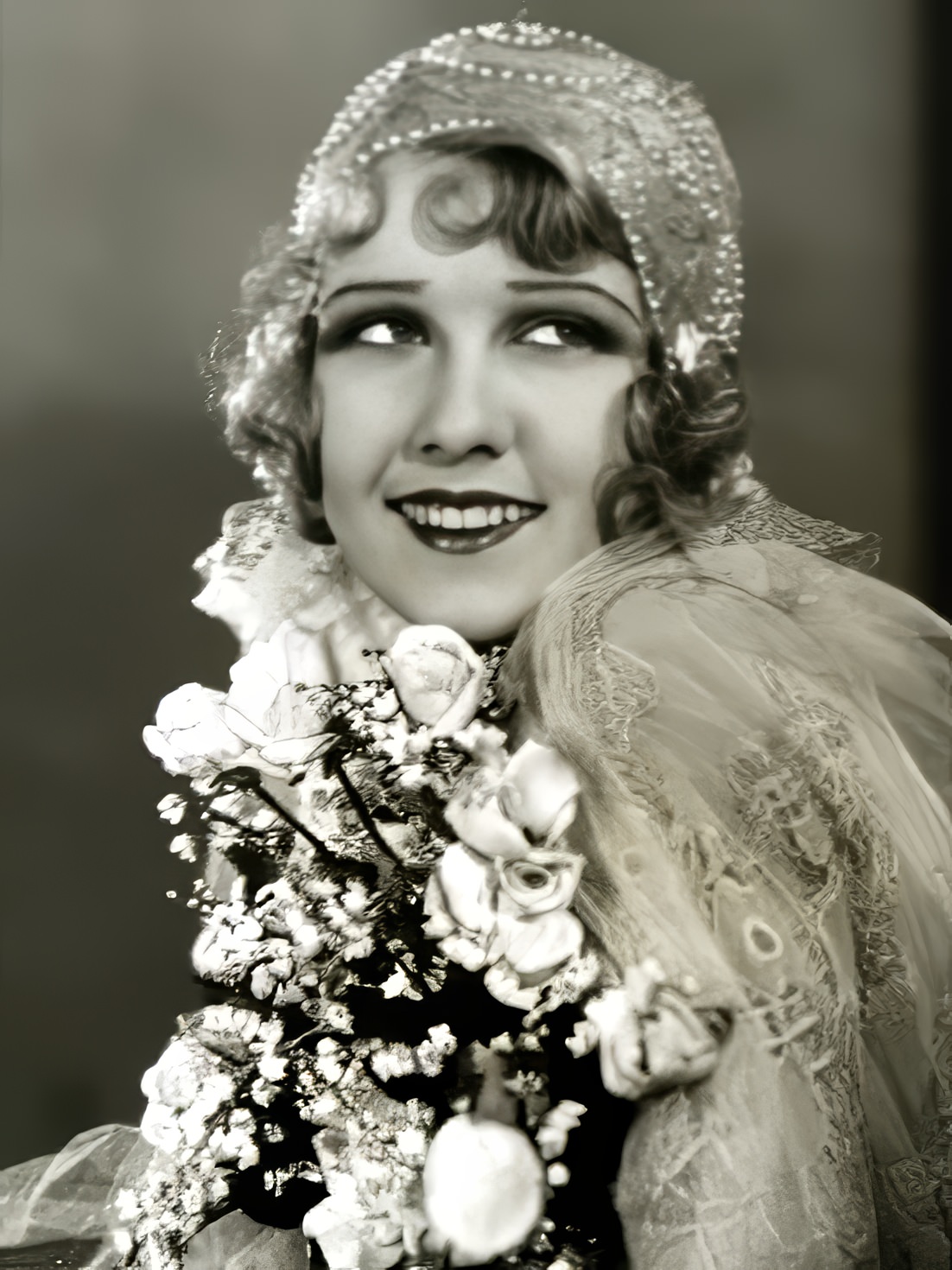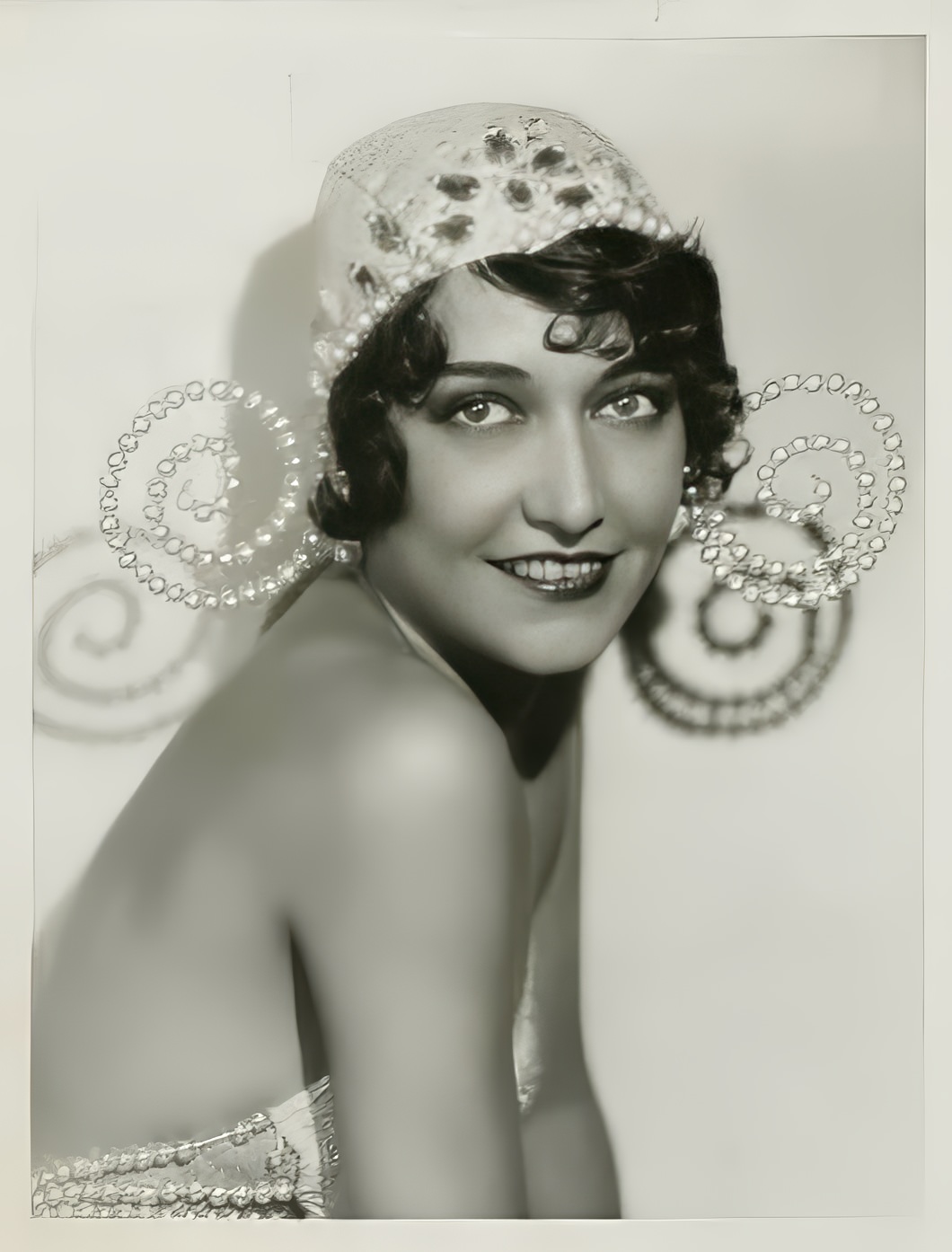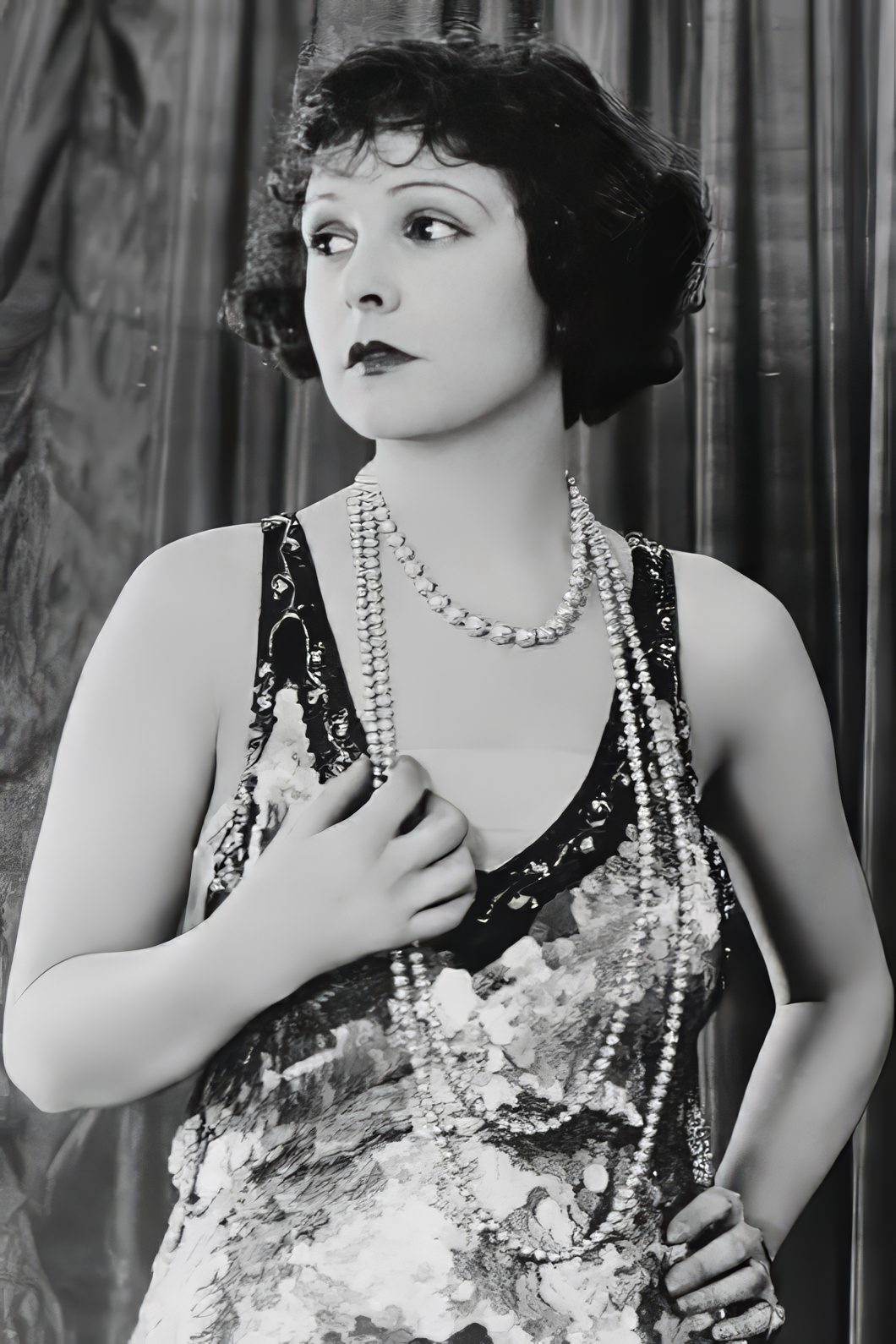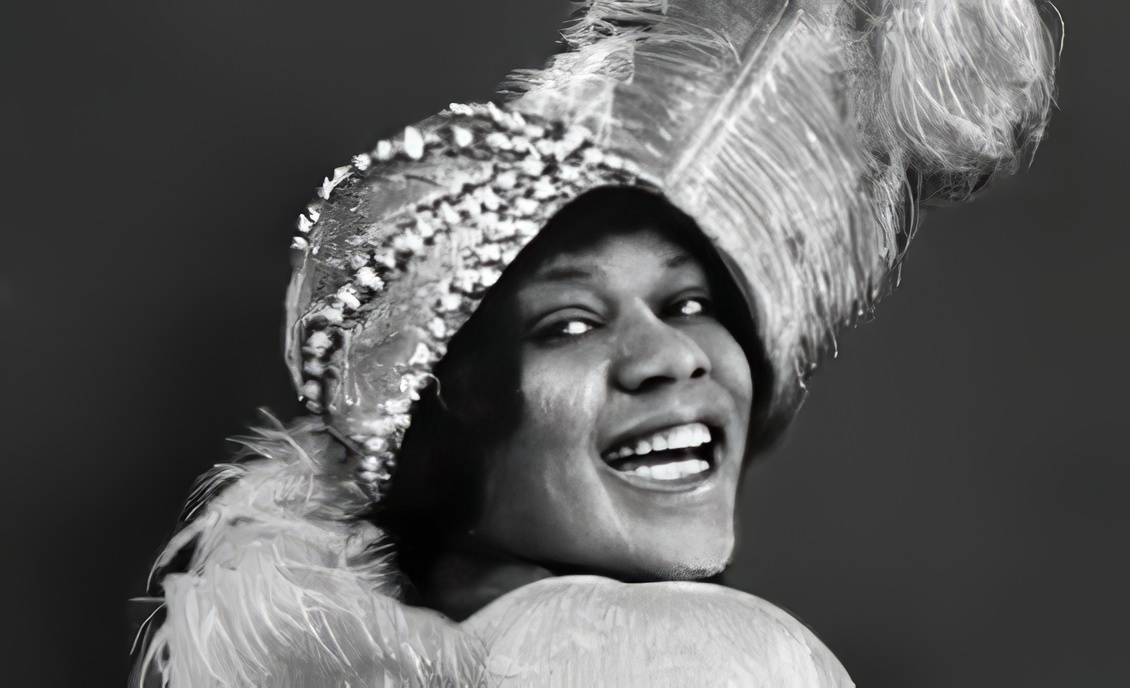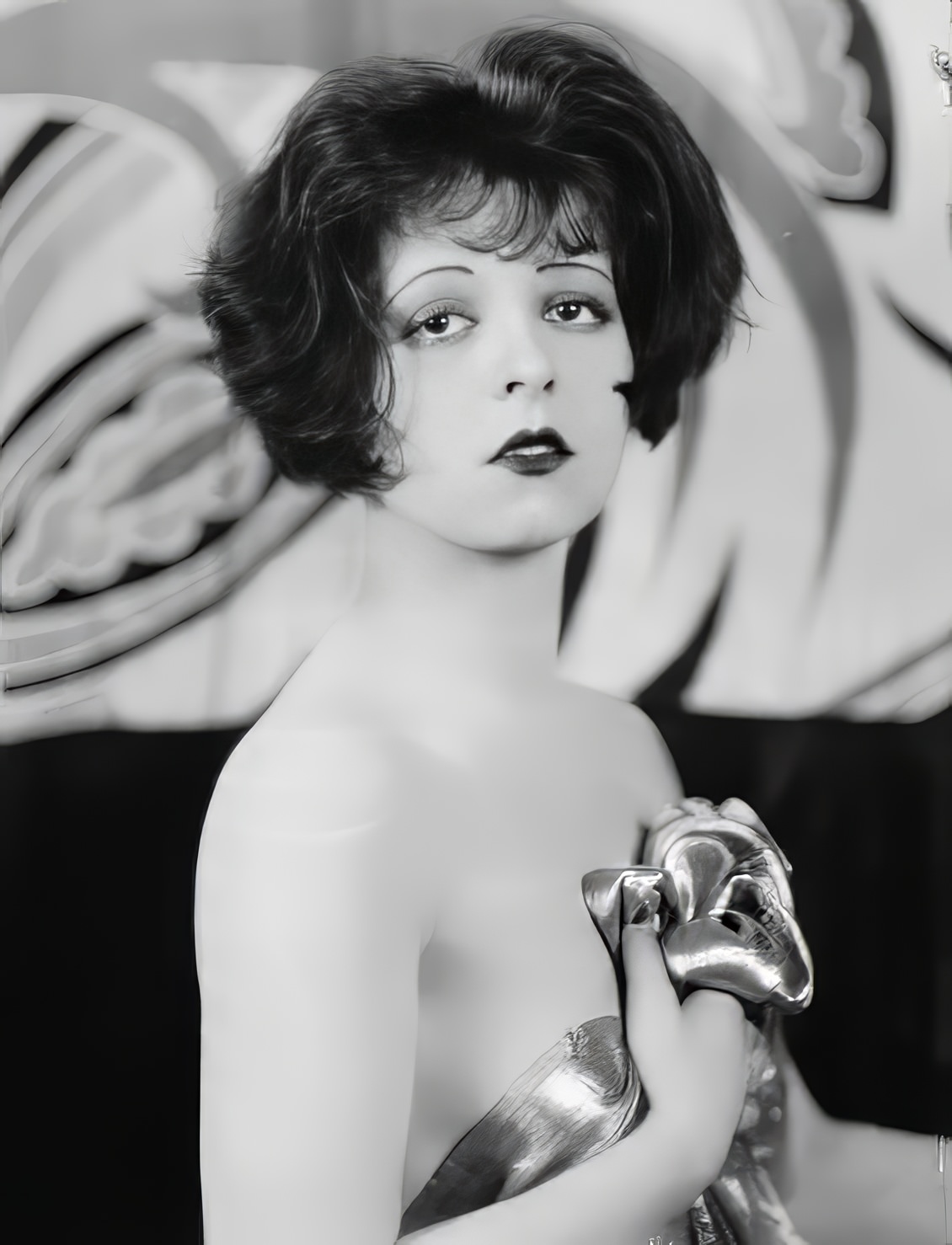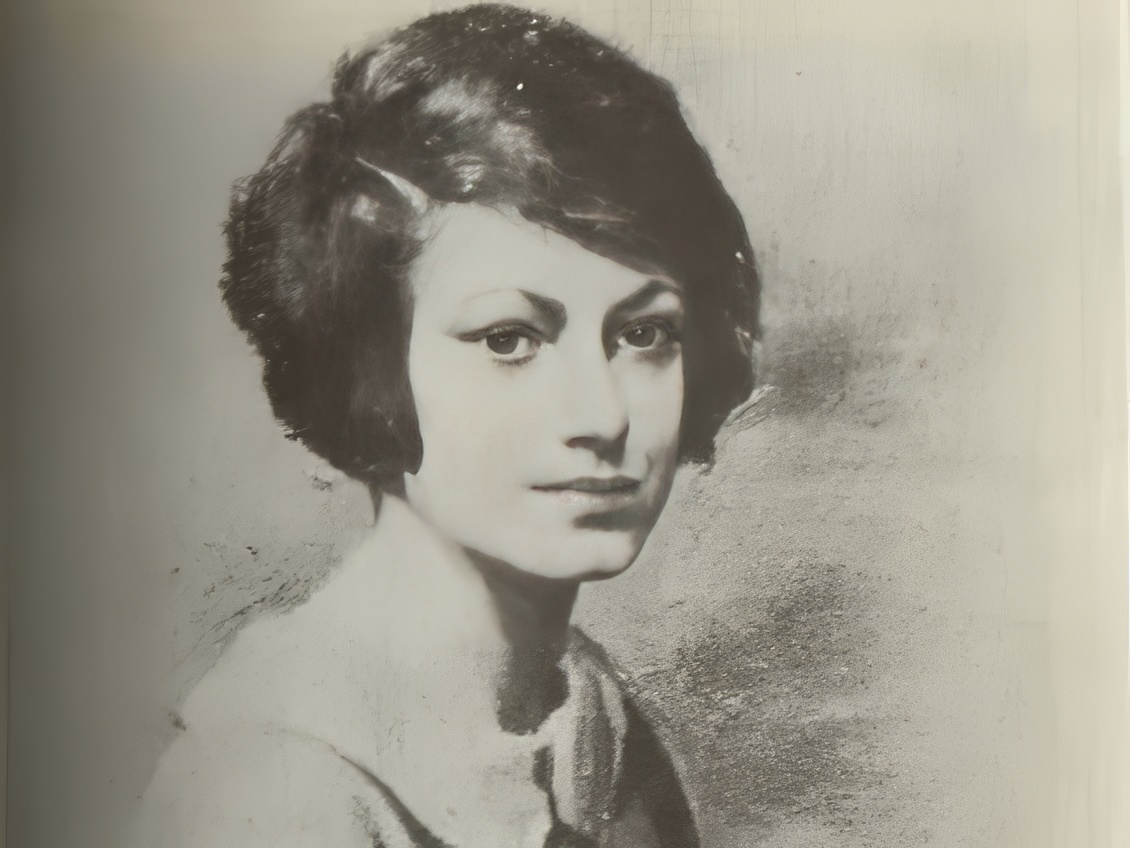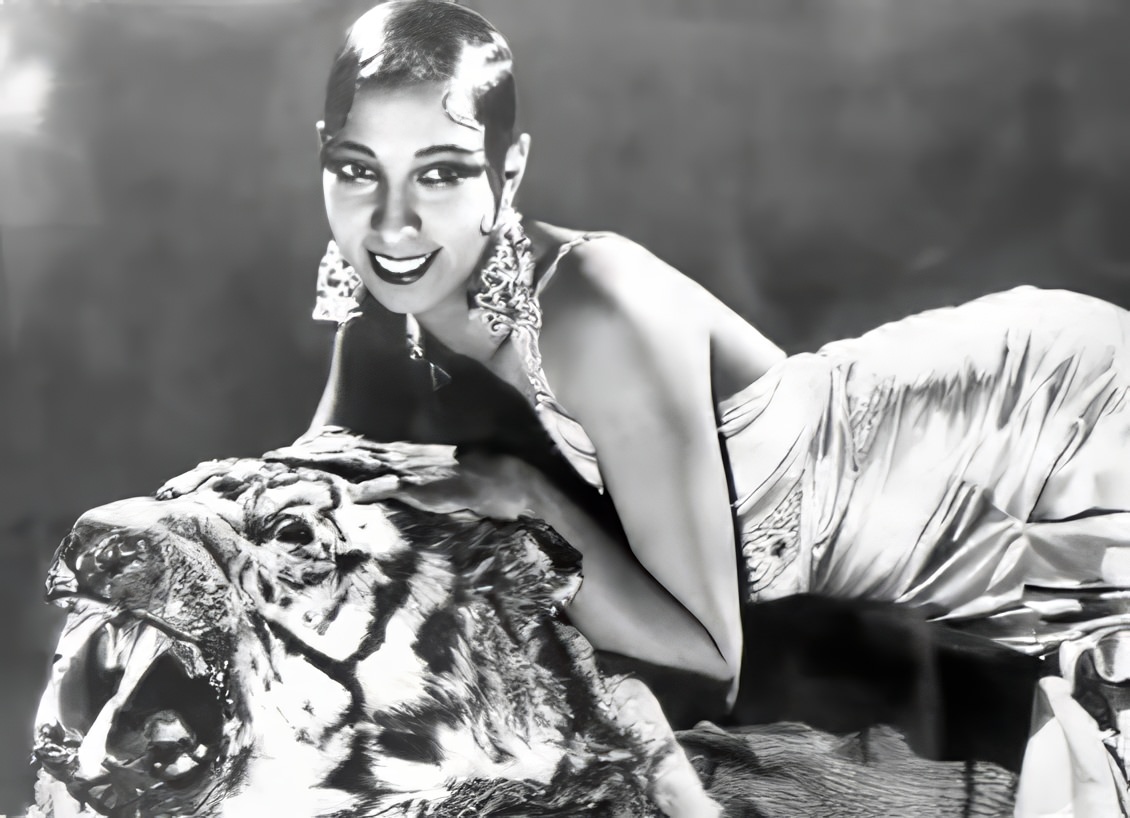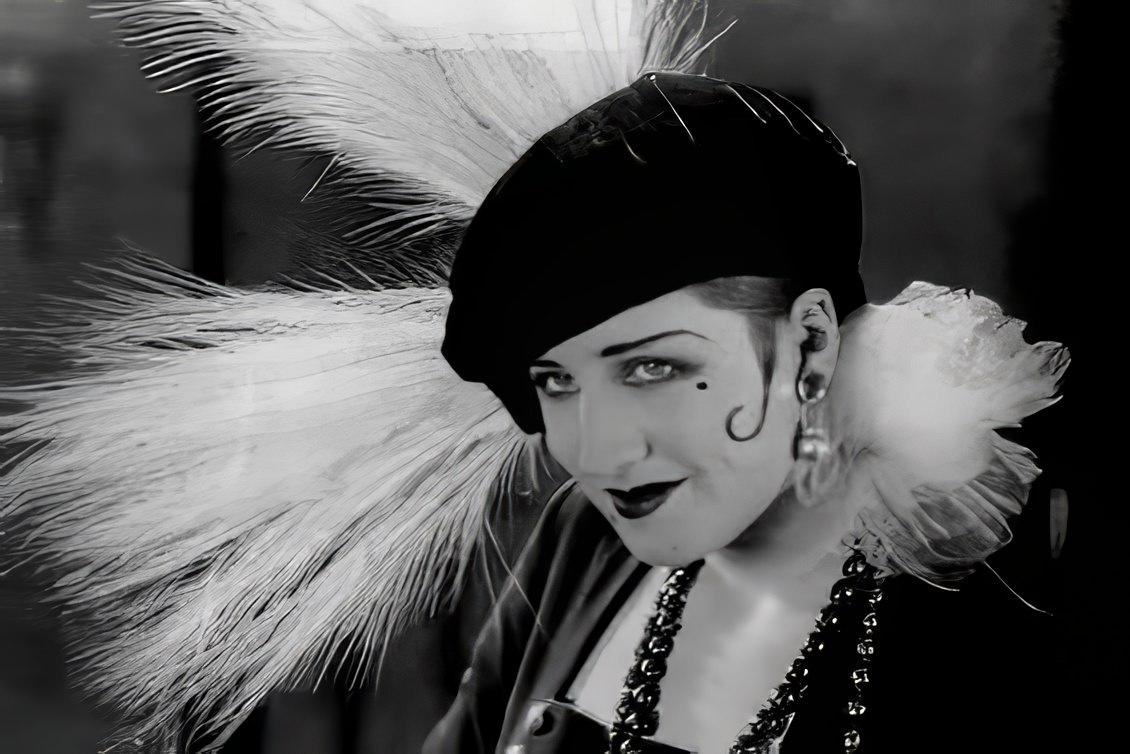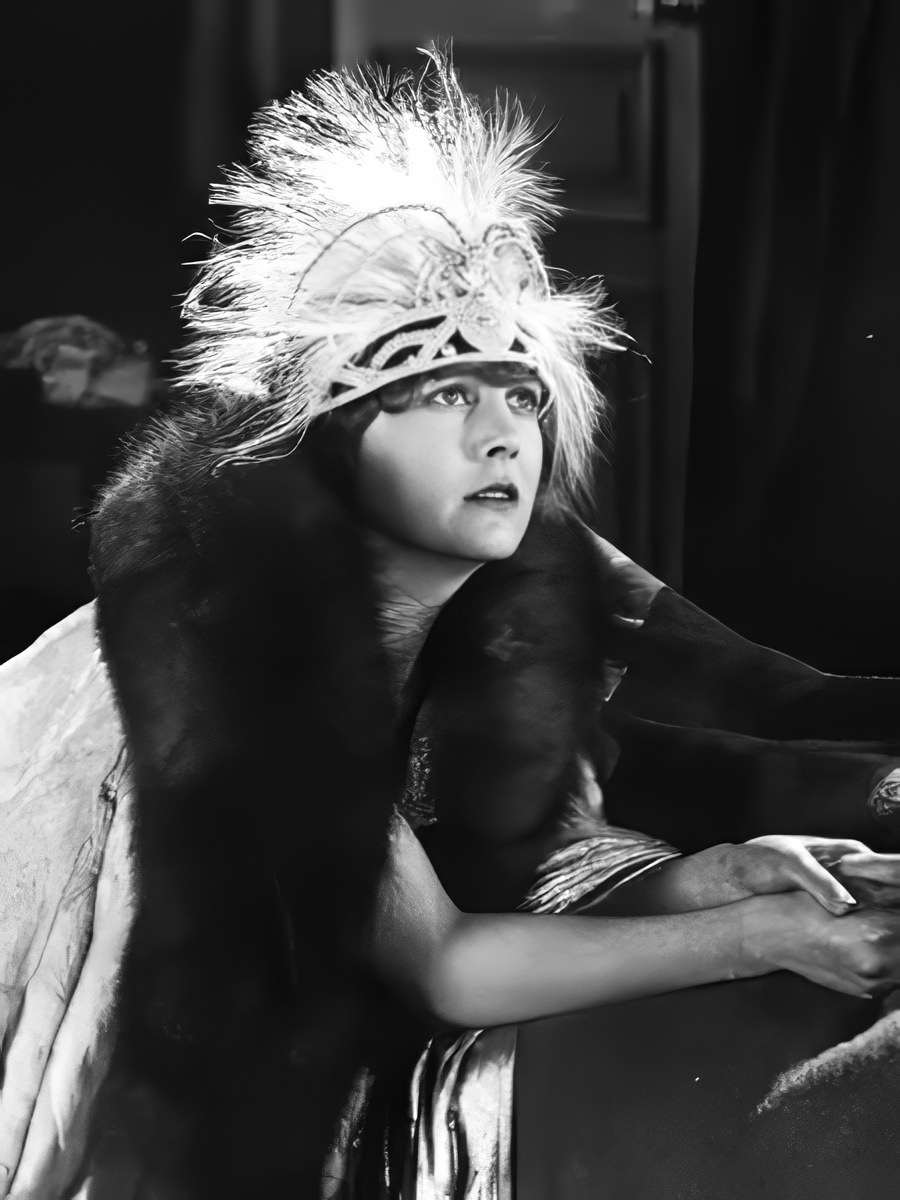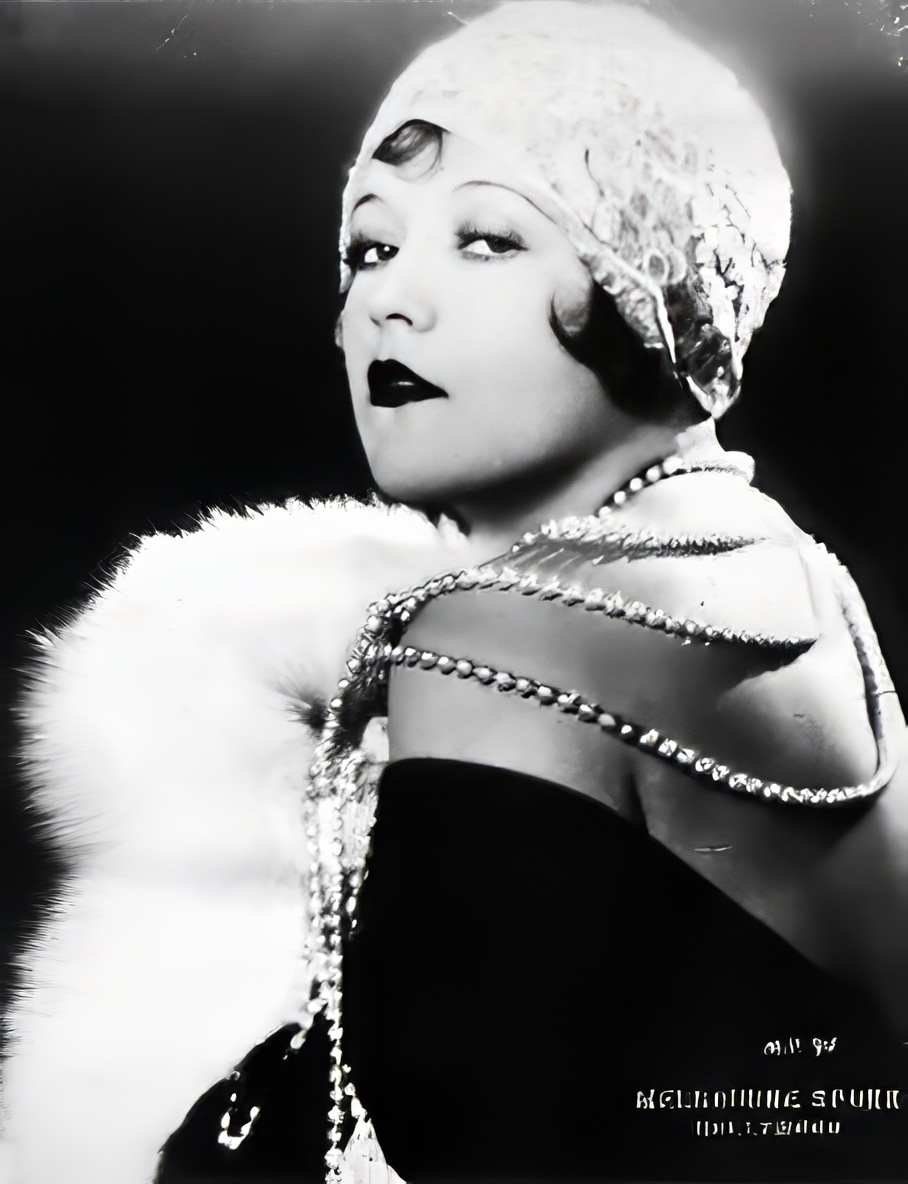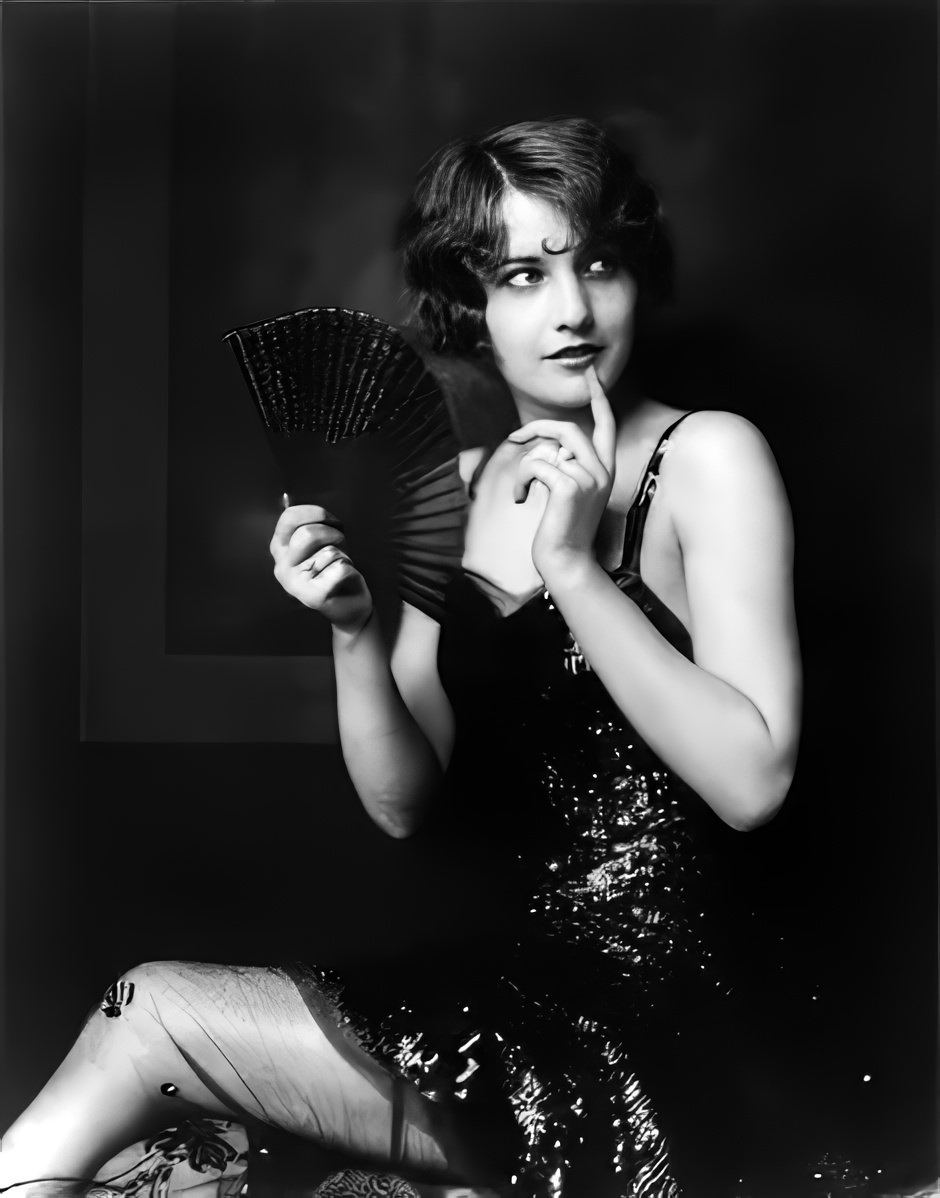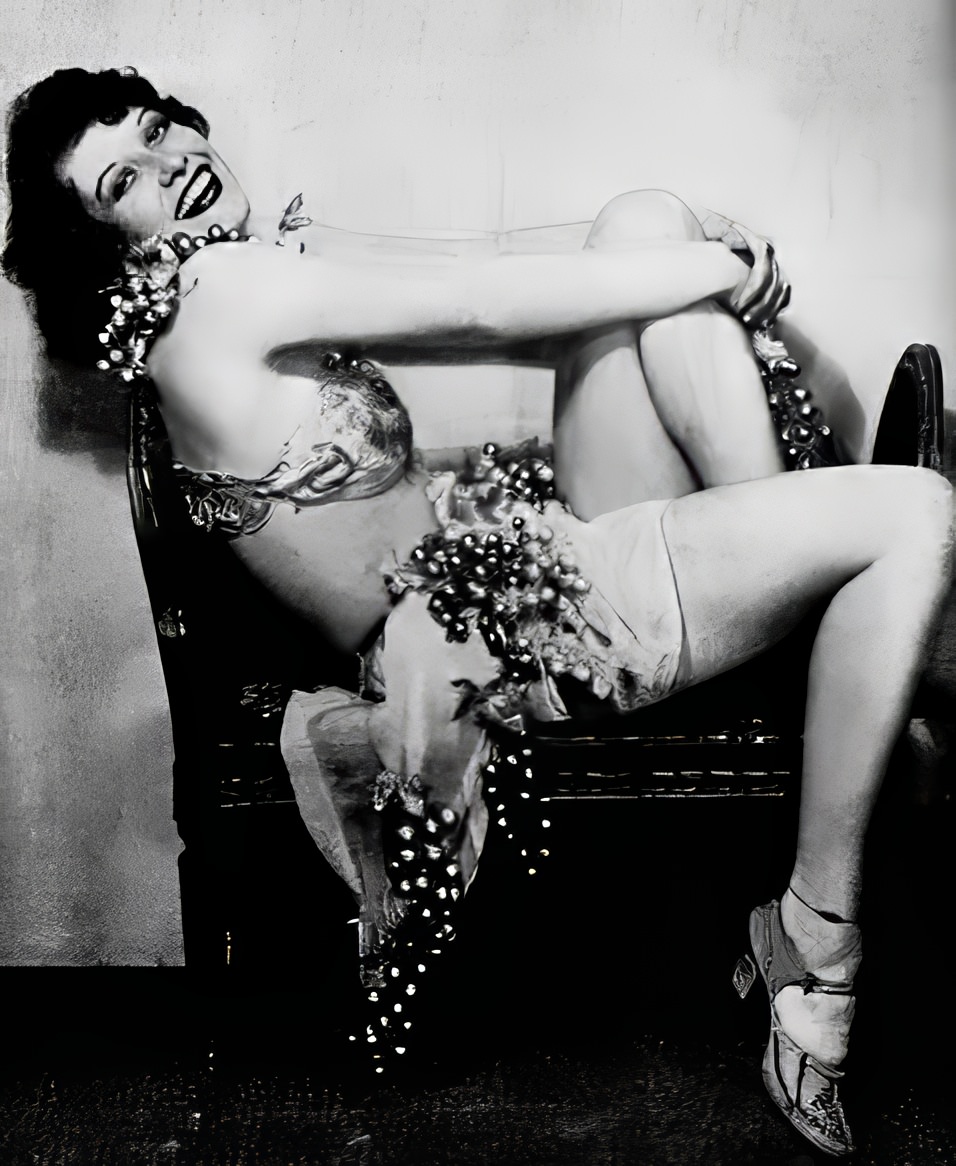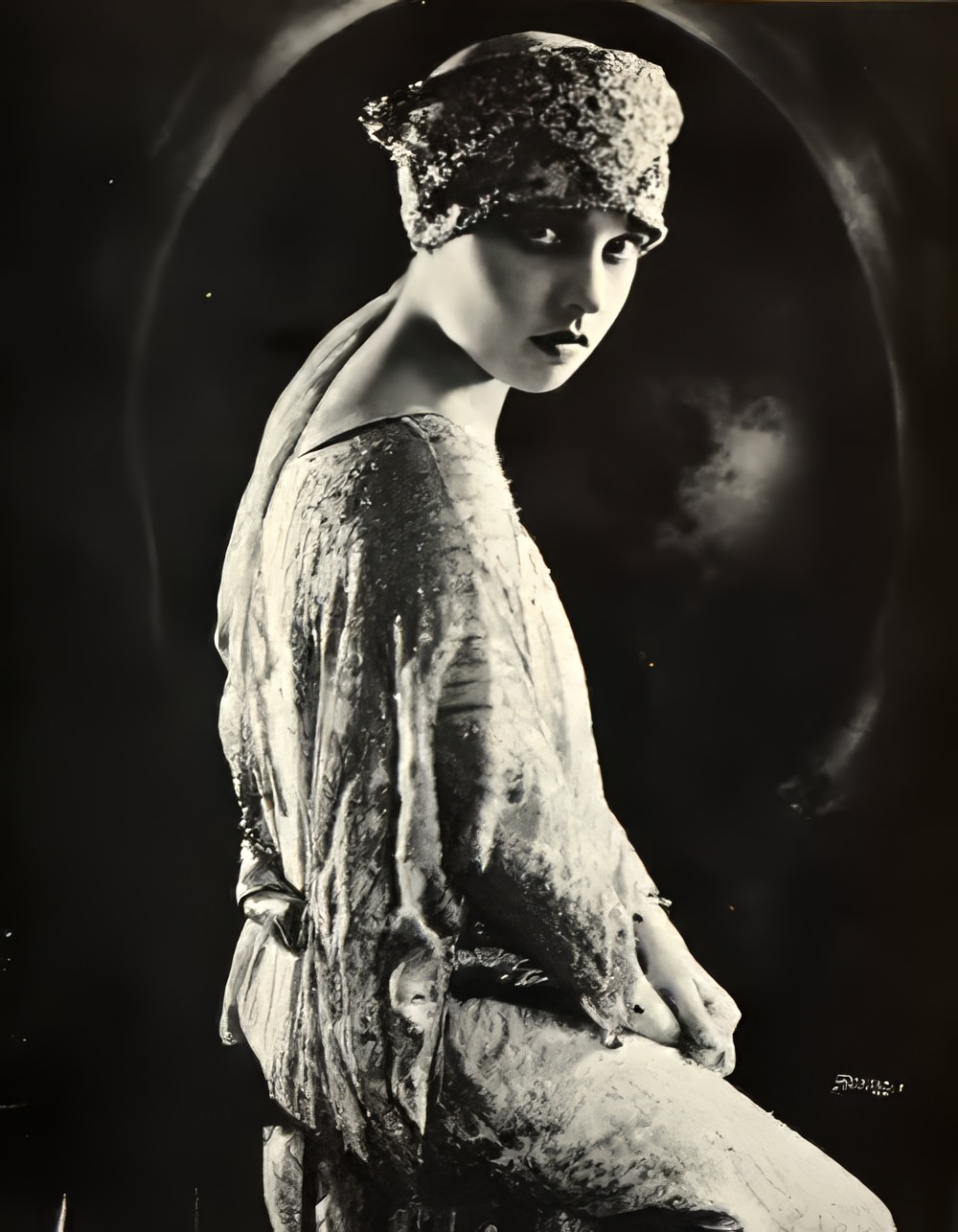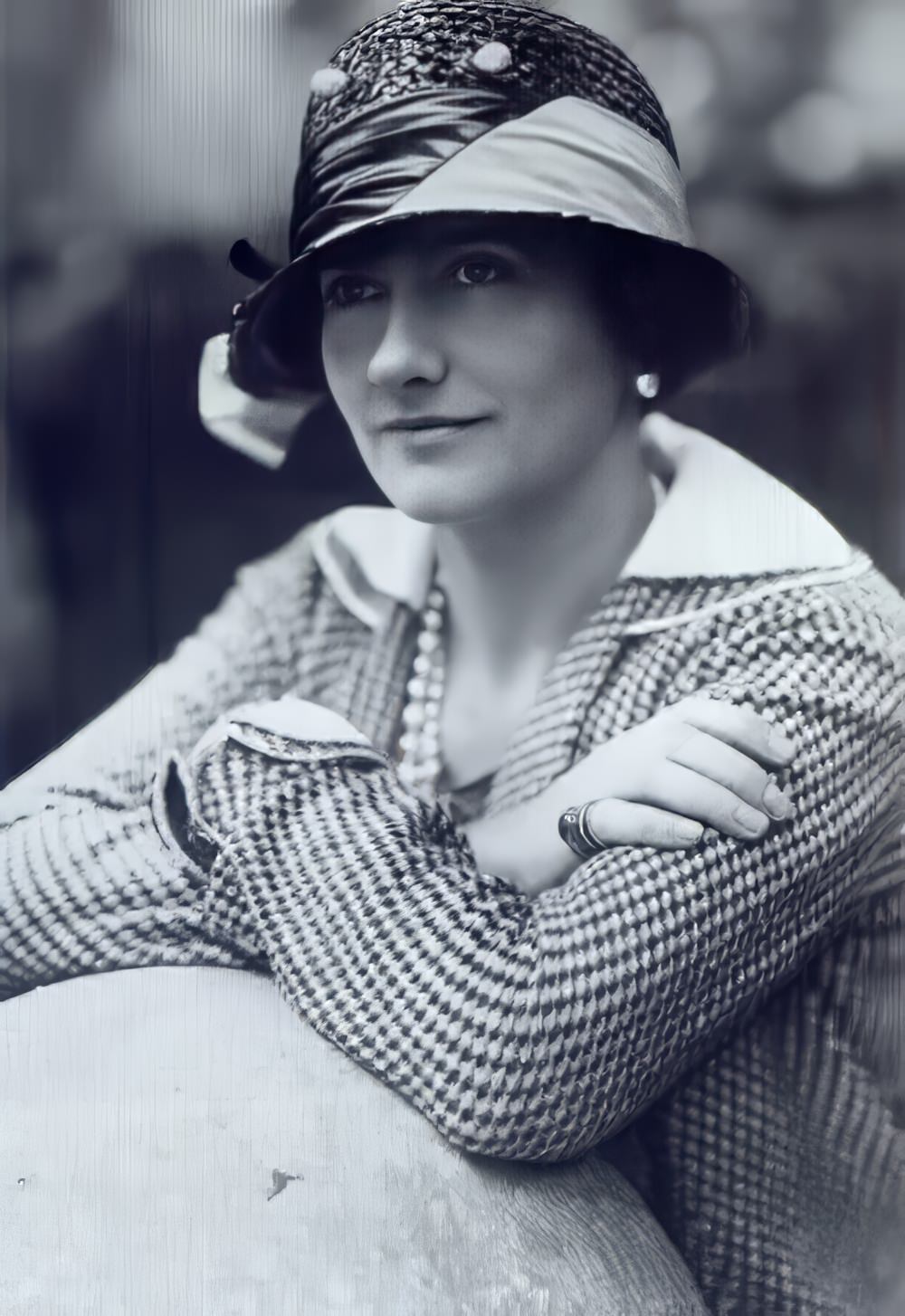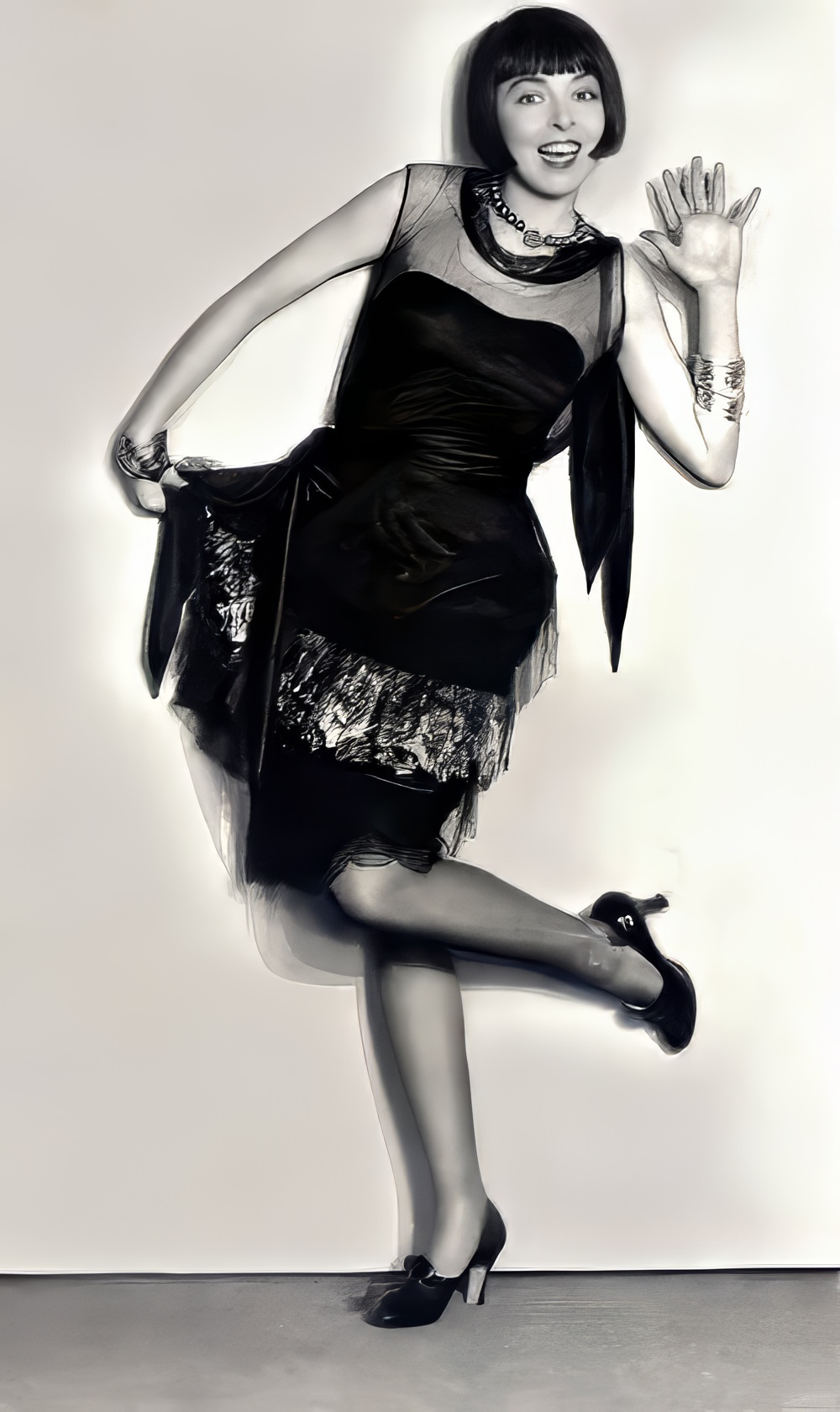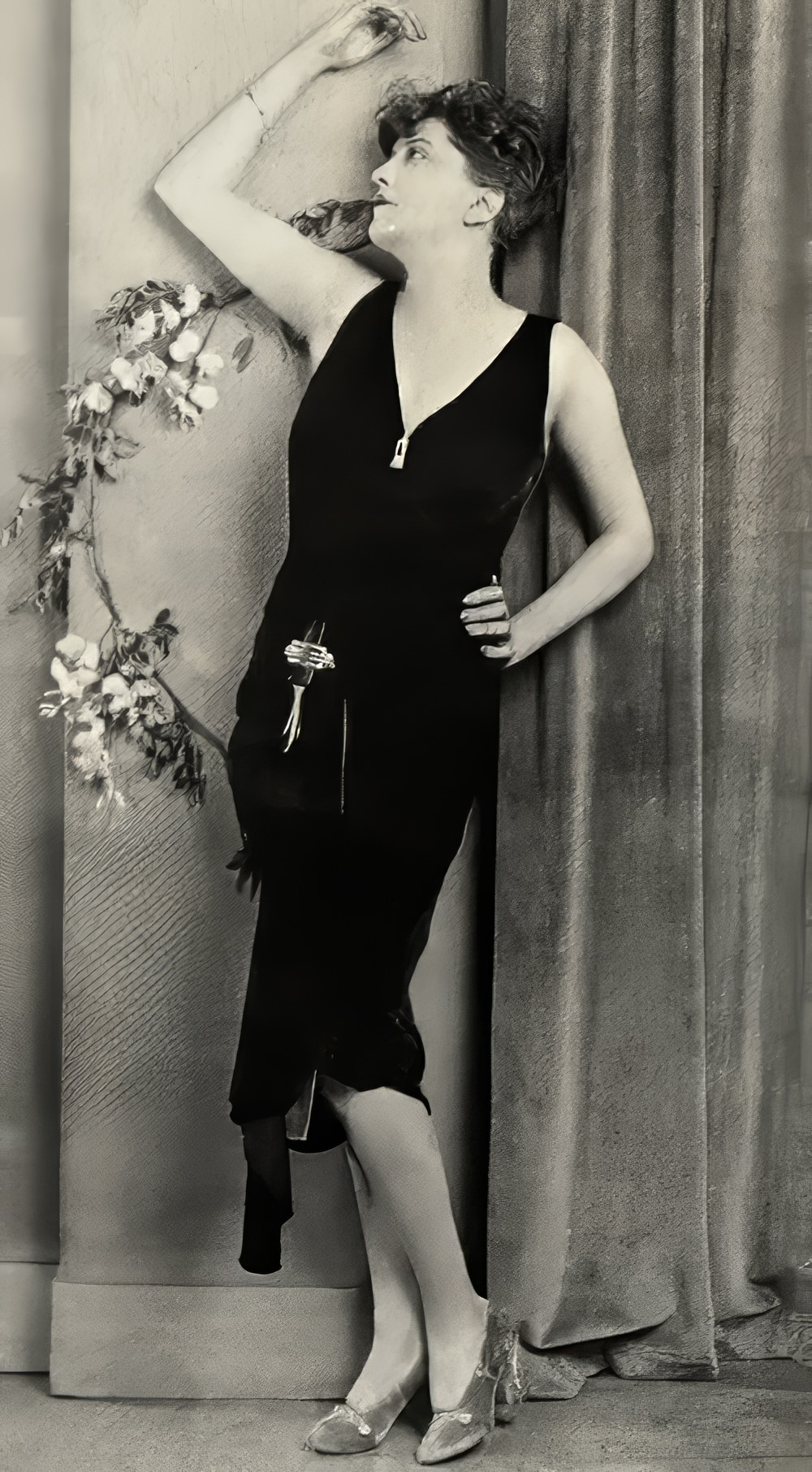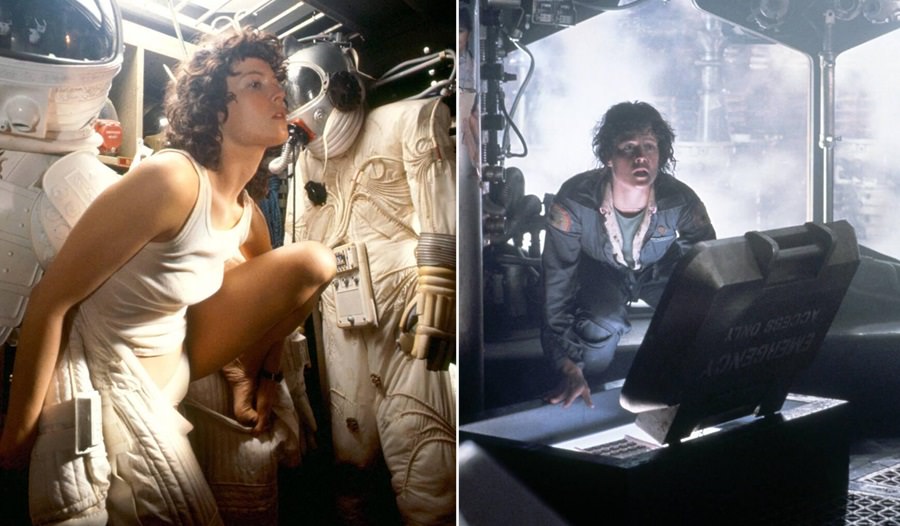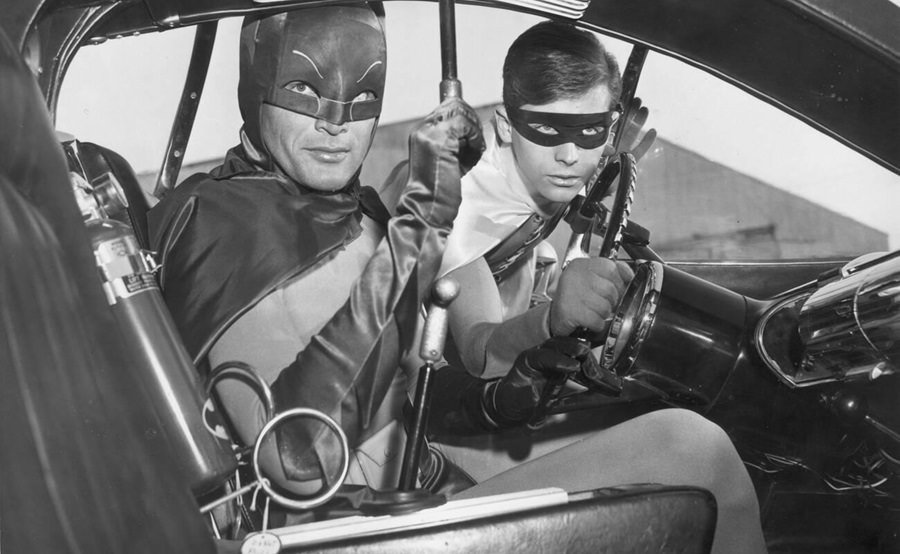In the 1920s, the flapper became one of the most iconic symbols of the decade. These young women broke away from the traditional norms of their time and embraced a new sense of freedom in fashion, behavior, and attitudes. The flappers challenged societal expectations by adopting a bold and modern style that represented the spirit of change and rebellion. Their influence extended far beyond just fashion; they redefined what it meant to be a young woman in the 20th century.
The Flapper Style
Flapper fashion was a complete break from the restrictive clothing of the previous generation. Before the 1920s, women wore long dresses, tight corsets, and elaborate hairstyles, all of which were designed to create a very controlled and structured appearance. In contrast, flappers embraced a much more relaxed and carefree look. Their clothing was loose, their hair was short, and their makeup was bold.
One of the most recognizable features of flapper fashion was the dress. Flappers wore dresses that were much shorter than what was considered appropriate at the time, often ending just below the knee. This was a significant departure from the long, ankle-length skirts of the past. These dresses were also less fitted, designed to hang straight down from the shoulders without emphasizing the waist. The loose, boxy silhouette allowed for more freedom of movement, which was perfect for dancing—something flappers loved to do.
Read more
The materials used for these dresses were also different. Flapper dresses were often made of lightweight fabrics like silk, satin, and chiffon, which moved easily and created a flowing, fluid look. Many dresses were adorned with beads, sequins, and fringe, adding an element of sparkle and excitement. The fringe became a signature detail of flapper dresses, as it swayed and shimmered with every movement, making the wearer stand out even more on the dance floor.
Hairstyles
Flappers were known for their short, bobbed hairstyles, which became a powerful symbol of their rebellion against traditional femininity. In previous decades, women typically wore their hair long and styled in intricate, time-consuming ways. Cutting their hair short was a radical statement, signaling a departure from the past and a desire for something new.
The bob haircut was sleek and simple, often cut at chin-length or shorter. It was usually worn straight, with a blunt edge, and often accompanied by bangs or a deep side part. The style was easy to maintain and gave flappers a fresh, youthful appearance that matched their carefree attitudes.
Some flappers took the short-hair trend even further, opting for an even more daring look known as the “Eton crop,” which was cut very close to the head. This ultra-short style was inspired by men’s haircuts and further emphasized the flapper’s rejection of traditional feminine norms.
To complement their bobbed hair, many flappers wore accessories like headbands, scarves, or cloche hats. The cloche hat was particularly popular, as its close-fitting, bell-shaped design framed the face and worked well with the short hairstyles.
Makeup
Flappers were also known for their bold use of makeup, another way they broke from the past. In the early 20th century, makeup was often associated with actresses or women of questionable reputation, and it was not something respectable women wore in their everyday lives. Flappers changed this by embracing makeup as a tool for self-expression.
Flappers favored a dramatic look, with dark, heavily lined eyes, thin, defined eyebrows, and deep red or dark-colored lipstick. Eye makeup was one of the most defining features of the flapper look. Flappers often used kohl or eyeliner to create a smoky, sultry effect around their eyes, making them appear larger and more striking. This intense eye makeup was paired with mascara to further accentuate the lashes.
The lips were another focal point of the flapper’s face. The trend was to create a “bee-stung” look, with lips painted in a small, rounded shape. Lipstick in dark, rich colors like red, plum, or even black was popular, giving the flappers an edgy and daring appearance. Rouge, or blush, was also applied to the cheeks to add color and definition to the face.
Makeup for flappers was not just about looking pretty—it was about making a statement. By using cosmetics to transform their appearance, flappers embraced a sense of control over their own image. They rejected the idea that makeup was only for certain women and made it part of their everyday style.
Accessories and Jewelry
Flappers loved accessories, and they often piled on jewelry to complete their looks. Long strands of pearls were particularly popular, as they could be worn in multiple loops around the neck or allowed to hang down dramatically over a simple dress. These pearls were often fake or made from less expensive materials, reflecting the flappers’ love for mixing high and low fashion.
Feathers, brooches, and long gloves were also common accessories. Some flappers wore long gloves that extended up the arm, adding a touch of old-world elegance to their otherwise modern outfits. Flappers also carried small, decorative handbags or clutches, which were often adorned with beads or sequins to match their dresses.
Jewelry was often bold and geometric, reflecting the Art Deco style that was popular during the 1920s. Art Deco designs featured clean lines, sharp angles, and a sense of modernity, which perfectly aligned with the flappers’ progressive image. Flappers would wear large statement rings, bangles, and earrings, often in bright, eye-catching colors.
Attitude and Behavior
Beyond their fashion, what truly defined the flappers was their attitude. Flappers were rebellious, free-spirited, and determined to live life on their own terms. They rejected the conservative values of their parents’ generation and embraced a lifestyle that was more open and adventurous. This new attitude was reflected in the way they dressed, but it was also evident in the way they behaved.
Flappers were often associated with the nightlife scene, particularly with the speakeasies that popped up during Prohibition. Speakeasies were illegal bars where people could drink alcohol, dance, and listen to jazz music, despite the fact that alcohol was banned in the United States at the time. Jazz music, with its upbeat tempo and improvisational style, was the perfect soundtrack for the flapper lifestyle. Flappers were known for their love of dancing, and they often danced the Charleston, a fast-paced, energetic dance that matched their carefree attitude.
Flappers were also known for breaking social taboos. They smoked cigarettes, drank alcohol, and flirted openly—behaviors that were considered scandalous at the time. They drove cars, something that was still relatively new for women, and they embraced a sense of independence that was rare for women of that era. The flapper’s lifestyle was about breaking free from tradition and exploring new possibilities, both in fashion and in life.


